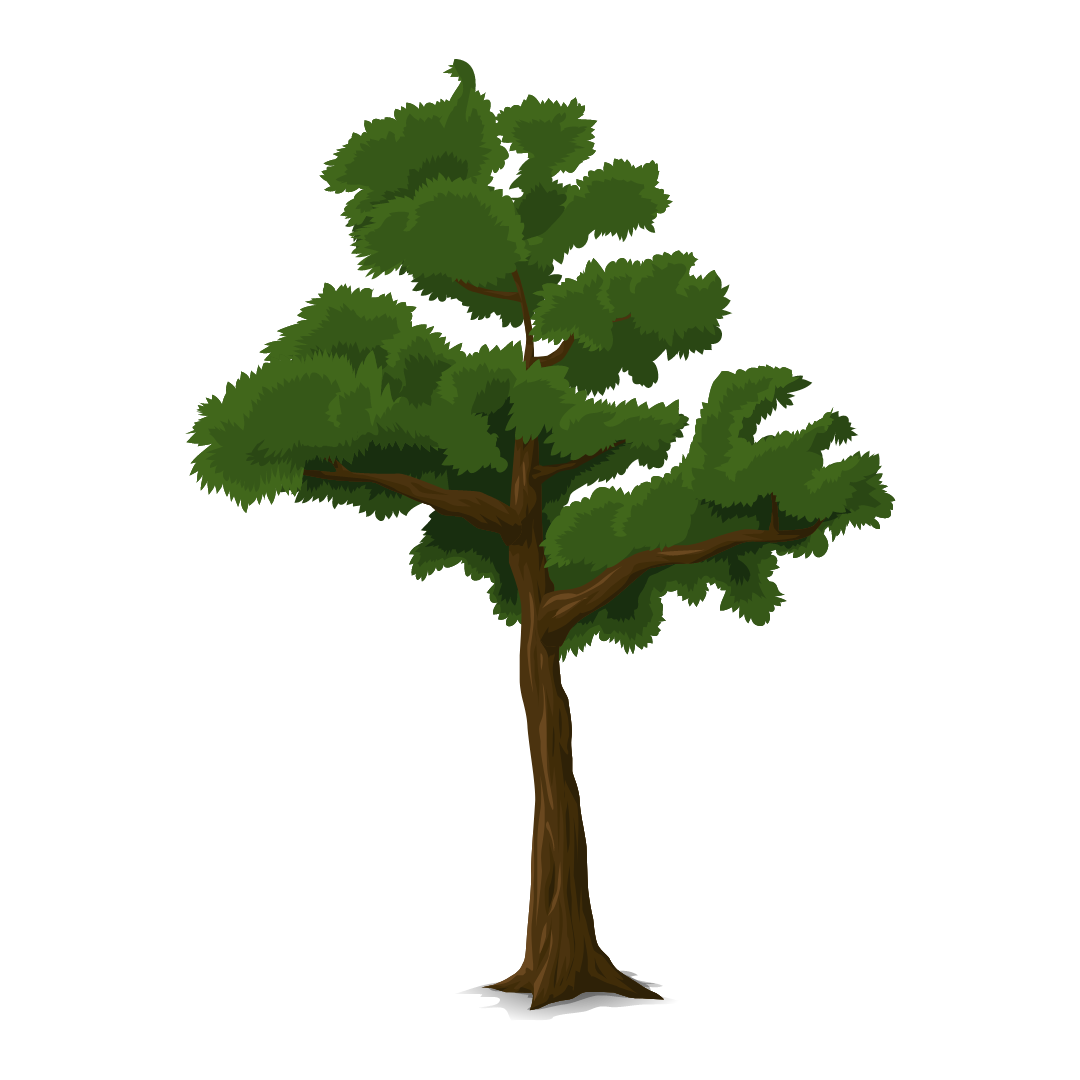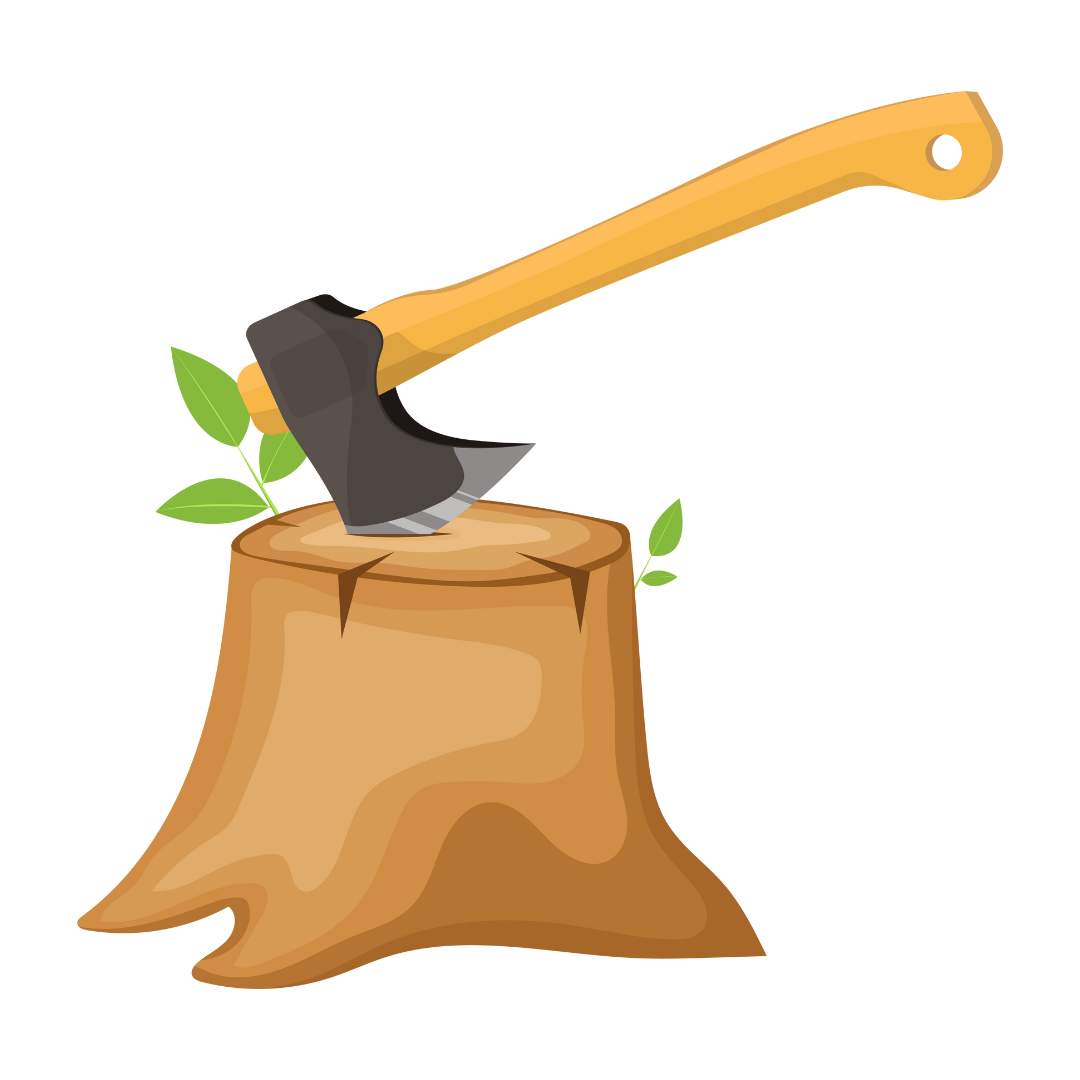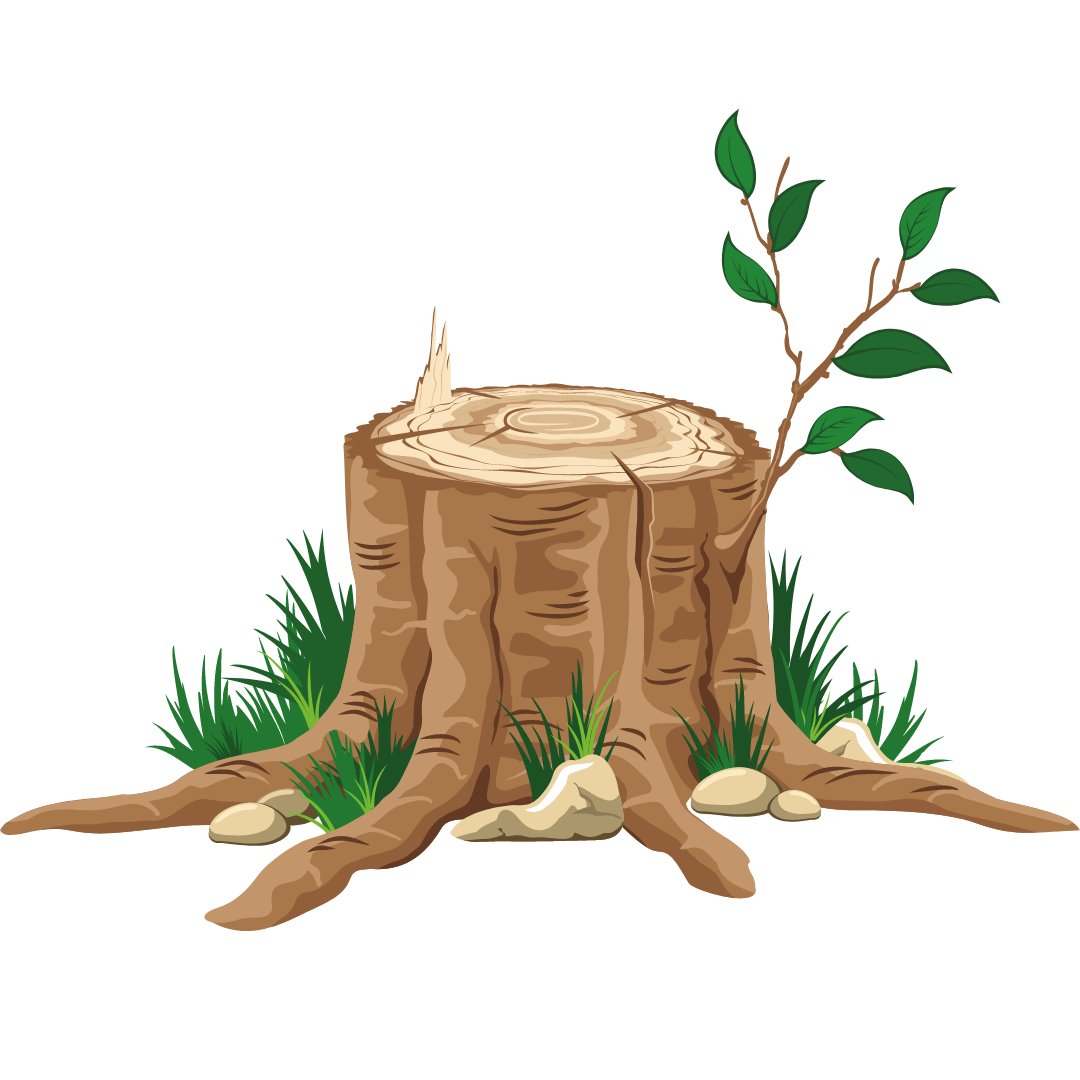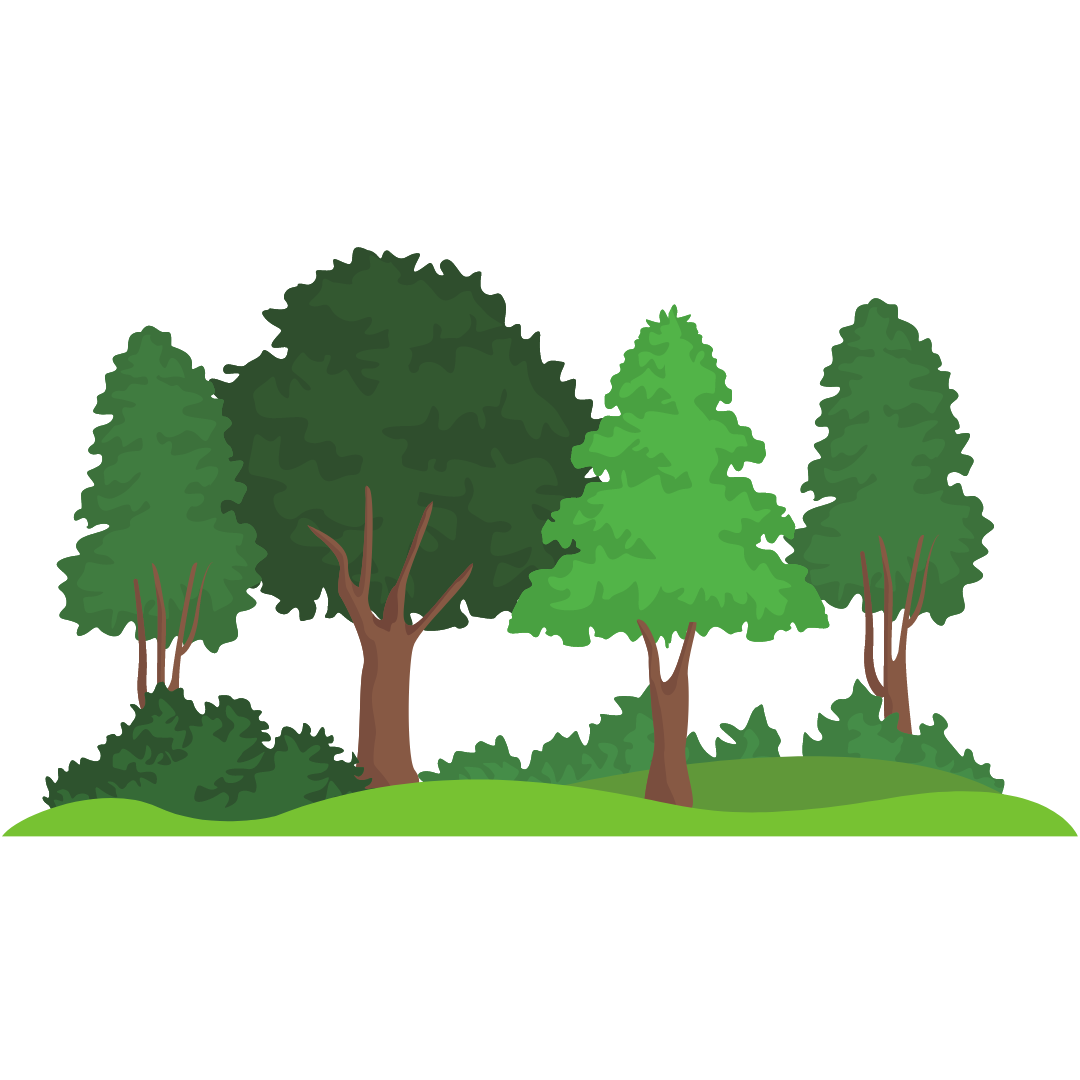We have an abundance of wildlife living in our woodlands including rare wildflowers, birds, deer and badgers, as well as small mammals, including a community of dormice which we have been monitoring for over 10 years.
Essential to the sustainable management of woodlands is the practice of coppicing on rotation. This is the managed cutting of trees. This allows natural succession to take place, creating scrub and young tree growth - essential for species such as dormice, as well as low-cover nesting birds like the declining nightingale. It also allows ground-level flora to flourish, such as bluebells, wood anemones, dog violets and St. Johns-wort, where it would otherwise not be possible because of the dense canopy shade trees create.
Woodland Coppicing

Deciduous trees can be coppiced to produce sustainable wood and improve the biodiversity of a woodland.

In winter, a few trees are cut near the base to create a 'stool'.

New shoots grow rapidly from the stool the following spring.

Over 7-20 years a diversity rich 'copse' is established, with different rates of growth present at one time. These varied rates of growth allow a variety of woodland species to coexist.
The wood that we coppice is seasoned before being used as logs and woodchip in our biomass boilers.
John Waller
Meet Our Underwoodsman
Our woodlands are managed by our underwoodsman John Waller who has been a part of the Bore Place team for over 30 years. As well as having an outstanding knowledge of woodland management and the Bore Place woodlands themselves, he is also a craftsman with skills in basketry, fence making and willow work. You can find out more about John here, as well as the series of rural classes he offers.